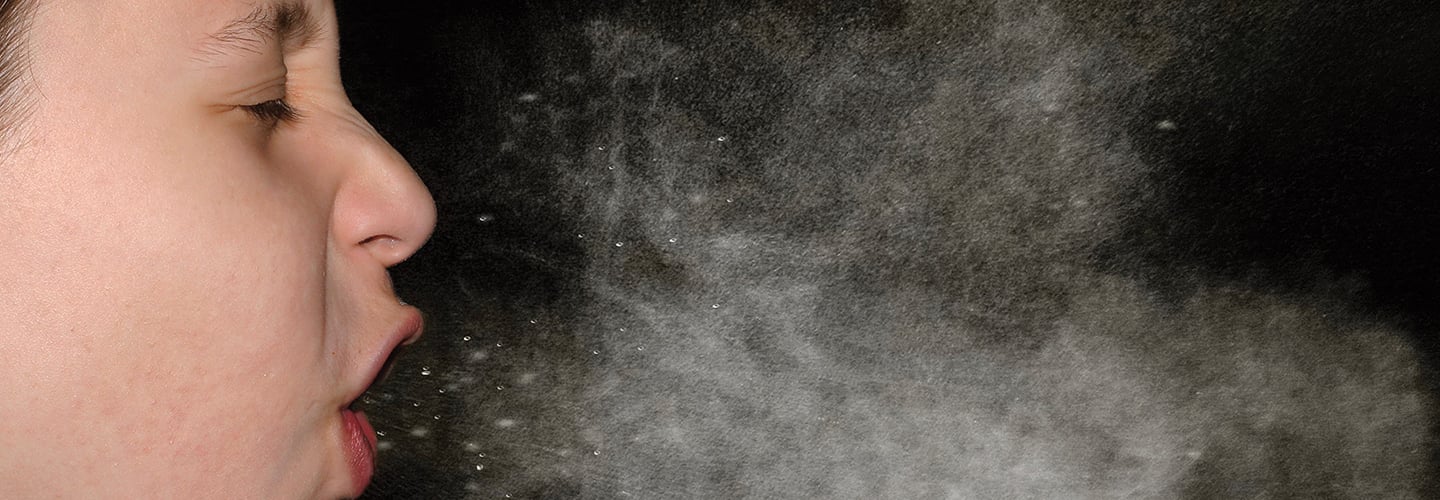Lydia Bourouiba has recorded more than 100 sneezes and coughs. She watches the videos in slow motion to learn how these actions produce droplets of mucus that can fly through the air. Bourouiba is a mathematical physicist at the Massachusetts Institute of Technology who studies how fluids move. She’s also one of the world’s leading sneeze and cough experts.
Sneezing is the body’s way of expelling unwanted particles, like dust or germs. It can also spread disease. If another person touches or inhales infected droplets sprayed by a sneeze, he or she can get sick. Bourouiba hopes that her research will help public-health experts stop epidemics. An epidemic is the rapid and widespread outbreak of a disease. She spoke with Science World about her job investigating how sneezes travel.

